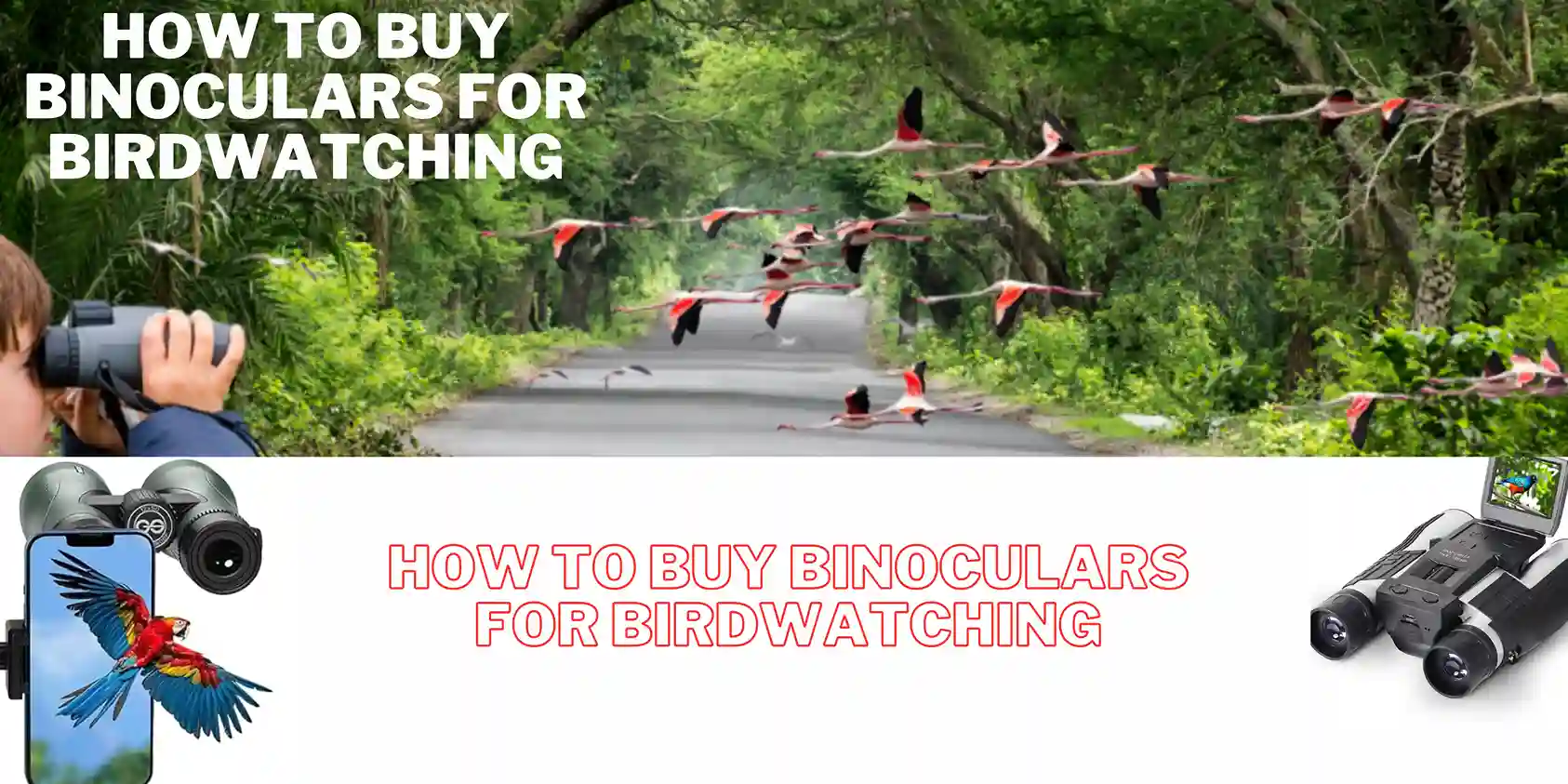Binoculars are optical devices that allow users to view distant objects with both eyes, providing a magnified and stereoscopic view. They have become an essential tool in various fields, including astronomy, birdwatching, wildlife observation, and more. But when were binoculars first invented? Let’s take a look at the history of these fascinating devices.
Early Forms of Binoculars
The concept of binocular vision, where both eyes work together to create a sense of depth and perspective, is not a new one. The ancient Greeks and Romans were familiar with the idea and experimented with various methods of achieving binocular vision. However, the first true binoculars, as we know them today, did not come into existence until much later.
In the early 17th century, a Dutch inventor named Hans Lippershey is often credited with creating the first recognizable binoculars. Lippershey was a spectacle maker who combined two telescopes, one for each eye, with a bridge in between. This allowed the viewer to see distant objects with increased magnification and depth perception.
Development of Modern Binoculars
Since Lippershey’s invention, binoculars have undergone significant advancements in design and technology. Let’s explore some of the key developments that have shaped modern binoculars.
Introduction of Prism Technology
In the mid-19th century, a significant breakthrough occurred with the introduction of prism technology in binoculars. Prior to this, binoculars relied on Galilean or Keplerian telescopes, which were large and bulky. The use of prisms, specifically Porro prisms, allowed for a more compact and portable design while maintaining image quality.
Advances in Lens Coating
During the 20th century, significant progress was made in lens coating technology. Lens coatings reduce glare, improve image brightness and contrast, and enhance low-light performance. The advent of multi-coated lenses further improved the optical performance of binoculars, making them more effective in various lighting conditions.
Improvements in Image Quality
As technology advanced, so did the image quality of binoculars. Manufacturers introduced better quality glass materials, precision engineering, and sophisticated lens designs to create sharper and more detailed images. With these improvements, binoculars became valuable tools for scientific research, outdoor activities, and professional use.
Enhanced Ergonomics and Design
Binoculars also underwent significant ergonomic improvements over the years. Manufacturers began focusing on user comfort by incorporating features such as non-slip grips, adjustable eyecups, and lightweight materials. These design enhancements made binoculars more user-friendly, allowing users to use them for extended periods without discomfort.
Integration of Digital Technology
In recent years, binoculars have seen the integration of digital technology, such as built-in cameras and image stabilization systems. This advancement allows users to capture photos and videos directly through the binoculars, making them even more versatile for various applications.
Important Innovations in Binocular Design
While the basic principle of binoculars remains the same, several important innovations have shaped their design and usability. These innovations have further refined the performance and functionality of binoculars.
Popular Uses of Binoculars
Binoculars have a wide range of applications across different fields and activities. Let’s explore some of the popular uses of binoculars:
Birdwatching
Binoculars are indispensable tools for birdwatchers. Their ability to magnify distant birds allows enthusiasts to observe birds in great detail, identify different species, and appreciate the beauty of avian life.
Astronomy
Binoculars provide a portable and affordable option for astronomy enthusiasts. They can be used to observe celestial objects, such as the moon, planets, and even star clusters. While not as powerful as telescopes, binoculars offer a wider field of view, making them ideal for scanning the night sky.
Wildlife Observation
Whether in the wilderness or on a safari, binoculars play a crucial role in wildlife observation. They allow users to observe animals from a safe distance, making it possible to witness their natural behavior without disturbing or endangering them.
Sports and Sporting Events
Binoculars are commonly used at sports events, such as football games, horse racing, and cricket matches. They enable spectators to get close-up views of the action, even from a distance, enhancing the overall viewing experience.
Hunting
Hunters rely on binoculars to spot game animals from afar, scouting for potential targets and assessing their surroundings. Binoculars with specialized features, such as low-light performance and rugged construction, are popular among hunters.
The Future of Binocular Technology
As with any technology, binoculars continue to evolve and push the boundaries of what is possible. Here are some potential advancements we may see in the future:
Advancements in Optics
Ongoing advancements in optics technology may result in even sharper and clearer images in binoculars. This could involve the development of new materials, improved lens coatings, and innovative optical designs.
Integration of Augmented Reality
Augmented reality (AR) has the potential to revolutionize the way we use binoculars. Imagine overlays of information, such as location details, animal species identification, or even real-time weather updates, directly within the binocular’s field of view.
Improved Image Stabilization
Image stabilization technology in binoculars has come a long way, but there is room for further improvement. Future advancements may focus on even better stabilization, reducing hand tremors, and delivering steady images even in challenging conditions.
Enhanced Connectivity Features
With the increasing integration of digital technology, binoculars may offer enhanced connectivity features. This could include wireless connectivity to smartphones or other devices, allowing users to share their observations and images instantly.
Compact and Lightweight Designs
Manufacturers are consistently striving to make binoculars more compact and lightweight without compromising performance. Advances in materials and engineering may result in smaller, more portable binoculars that are easier to carry and use for extended periods.




